T would be impossible to explain in one short sentence what has really happened at Glenorchy City Council over the past two years.
Claims and counterclaims have flown freely, issues big and small exploded and it has devolved into a lawyers’ picnic and is sure to be talked about for years to come.
To call it scandalous and farcical is likely putting a positive spin on a matter that has badly damaged the community which the council is supposed to serve.
But it is easier to pinpoint when the gloves really came off and all the tensions spilt out into the public domain.
GLENORCHY SAGA PART I: COUNCIL BESET BY RIVALRY AND SPITE
It was early in 2015, just a few months after the declaration of the poll.
In February general manager Peter Brooks, fresh from signing a new five-year deal, called a meeting to propose a major management restructure by CTMG — the consultancy operated by former Victorian premier Jeff Kennett — with no accompanying documents.
This would have resulted in the council’s 20 senior managers being made redundant, with only three positions subsequently created, as a way to achieve a $5.1 million savings and put the council back into the black.
MORE: TALKS TO AVOID REPEAT OF DYSFUNCTION
MORE: GLENORCHY COUNCIL REPORT ‘SCATHING’
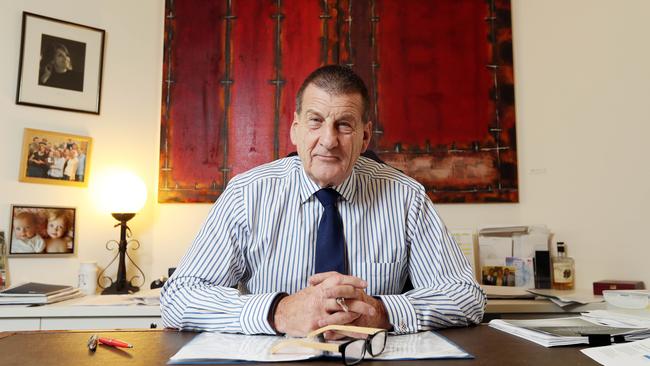
After being told about the meeting and the planned restructure by the Mercury, newly elected mayor Kristie Johnston asked for reports from Mr Brooks. This didn’t happen. On and on it went, the Director of Local Government got involved and finally some details were provided.
The meeting was held and subsequently adjourned by the mayor to allow elected members to review the contents after discussions with Local Government Director Phillip Hoysted.
But when Ms Johnston left the room, after being screamed at by some of her fellow aldermen and director of corporate governance and general counsel Seva Iskandarli, deputy mayor Harry Quick — who ran with Ms Johnston on her ticket — was convinced the meeting was actually not adjourned.
So it continued, to the shock of Ms Johnston and council staff, who had been told by Mr Brooks to gather in the back room of the council chambers — with the intention of telling them of the mass redundancies that would happen once the council accepted the plan.
Outside of the council chambers, Ms Johnston was quickly on the phone to Mr Hoysted, who was shocked the aldermen were continuing the meeting.
The next day, a strange thing happened. All aldermen, except the mayor, met at the council chambers. The mayor was not invited.
Most alderman said they did not want to see a copy of the full report on the redundancies, saying the general manager knew best and were satisfied with the proposed restructure.

A few days later Alderman Jenny Branch-Allen convened a meeting to discuss the “reputational risk to Glenorchy City Council, its staff and aldermen”. The mayor, again, was not invited.
Aldermen restated their support for the restructure and Mr Brooks began the implementation.
The only problem was, he had no right to do so.
“The decision taken at this time was not a council decision and it was not taken at a council meeting,” was one of the findings of the Board of Inquiry, which was later set up by Local Government Minister Peter Gutwein to look into the dealings of the council.
“The Board considers that the general manager should have known this to be the case.”
Just over a month later a Director of Local Government investigation confirmed the mayor was right and the general manager’s decision was subsequently labelled “premature” and invalid”.
BUNFIGHT
Regardless, the implementation began — and along with it an epic bunfight.
Four days later, on March 14, the Mercury reported a notice of motion by Alderman David Pearce “praising” the general manager.
“I think the general manager deserves the full support of his elected aldermen,” he said
“It is unfortunate that in some circumstances only one side of the story is being told. One of the reasons I put the notice of motion forward was to demonstrate that there are two sides to the story.”
Ms Johnston responded, saying: “I think given the situation the council currently finds itself in, I don’t have any confidence at this present time in the general manager and I won’t be supporting the motion.”
MORE: RESIDENTS LOOK TO A BRIGHTER FUTURE
MORE: GUTWEIN HINTS AT POSSIBLE COURT ACTION
The councillors at the next meeting voted for both the restructure and Mr Pearce’s motion of “praise”.
But during the meeting, there was another bizarre twist.
While the meeting was being held, a media release was issued on Glenorchy City letterhead, stating the council fully supported the general manager and his management. It was scathing in criticism of the mayor for inaccurately representing the council’s position and decisions in the wake of the February 5 adjournment.
Why was this bizarre? Because the mayor was supposed to be the council’s spokeswoman. The next day the media release was reissued — this time on plain paper and signed by six aldermen.
It stated “rather than providing leadership and co-operation, the mayor appeared intent on a vendetta to destabilise the council and its administration and frustrate the restructure program”.
Mr Brooks told ABC radio that day: “It obviously was a personal comment, it should not have been on the council letterhead.
“It should have gone out as personal comments from the aldermen because the spokesperson for council is the mayor.”
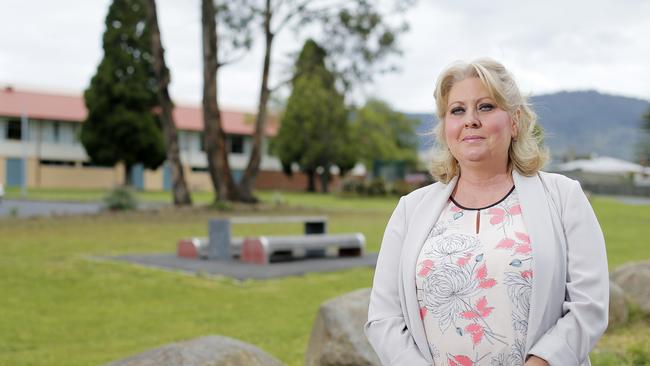
This was now pretty much open warfare with the battles taking place in the media. But, according to the Board of Inquiry report, there were big problems with the council’s actions.
Firstly Mr Brooks’s proposed restructure included mass redundancies and the fact some elected members did not want to see the report meant they “did not realise that a significant number of the [then] current management team would be made redundant”.
MORE: BID TO DESTABILISE PUT BEFORE DUTY
Members of the Glenorchy community recall seeing aldermen shocked and upset when they found out their decision would result in much-loved and experienced staff leaving the council.
It said aldermen “failed to give adequate consideration to the ramifications of adopting the recommendations of the CTMG Report for the employees of the council and on their city”.
Another problem the board found was that because the decision was made in now an illegal meeting, the council was dangerously open to being sued by council staff who were losing their jobs.
Those who remained had to work like dogs just so the council could operate and provide its core services.
The board also found the internal legal advice from Ms Iskandarli to the council that the mayor’s adjournment was invalid was wrong.
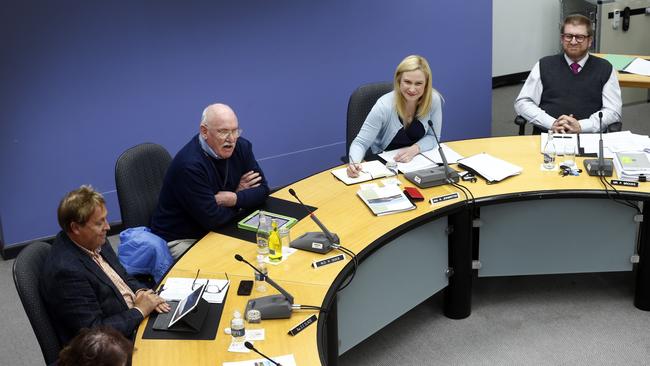
“The Board considers that the effect of this inaccurate advice has been far-reaching and has contributed to a most unpleasant chapter in the affairs of the council,” it stated.
From here, things went from bad to worse.
In the wake of Ms Johnston’s resounding win in October 2014, Mr Brooks was quickly in contact with the new mayor, saying she had his total support and would help her in any way possible.
Fast forward months later and the relationship between the two had deteriorated significantly, with Mr Brooks refusing to provide Ms Johnston with documents that she asked for.
At the same time, a faction of seven aldermen with close ties to Mr Brooks would do their best to undermine Ms Johnston in council meetings.
Often they would have meeting with Mr Brooks and Ms Iskandarli in his office before and after council meetings.
With Ms Johnston having Aldermen Matt Stevenson and Jan Dunsby on her side, numerous motions would finish 3-7 in favour of the larger group as the divide grew worse and worse.
And it wasn’t just at council meetings where this collusion and undermining of the mayor took place. Aldermen and staff in one circumstance put their hatred and goal of destabilising the mayor ahead of the council’s reputation.
A place on the LGAT general manager committee is considered a prestigious badge of honour for the council’s mayor who is elected to be on it.
However, rather than allowing Ms Johnston to take a place on the committee, Alderman Stuart Slade — in what the Board of Inquiry said was a misdated letter — and five other aldermen queried whether the mayor was able to authorise her own nomination to the committee despite having the blessing of the other councils, the Tasmanian Electoral Commission and getting advice from the general manager.
The six demanded an investigation and instead of the council having its mayor on the committee for the first time in years — the last time a vacancy came up Glenorchy had walked out of LGAT over a dispute regarding water and sewerage — the appointment was declared invalid.
Regarding this sequence of events the Board of Inquiry said: “By this failure, aldermen demonstrated their unwillingness and inability to put the interest of the council and the community ahead of their personal antipathy towards the mayor [thus highlighting] the lack of trust and collegiality in council”.
GETS WORSE
Perhaps unsurprisingly Local Government Minister Peter Gutwein and Mr Hoysted, and then his replacement Alex Tay, were continually being asked to do something about the council as things got worse.
At first the message to the mayor and Mr Brooks was figure out a way to work together.
But soon it became clear that this could not happen and amid a backdrop of every council meeting seeming to have some issue mar it, the Board of Inquiry was called.
From the outset, the seven aldermen who had aligned themselves against Ms Johnston and her supporters were horrified at the thought of the inquiry, repetitively saying there was nothing wrong with the council and it was just the mayor causing problems.
Some actually produced strikingly similar submissions to the Board of Inquiry during the public submission process.
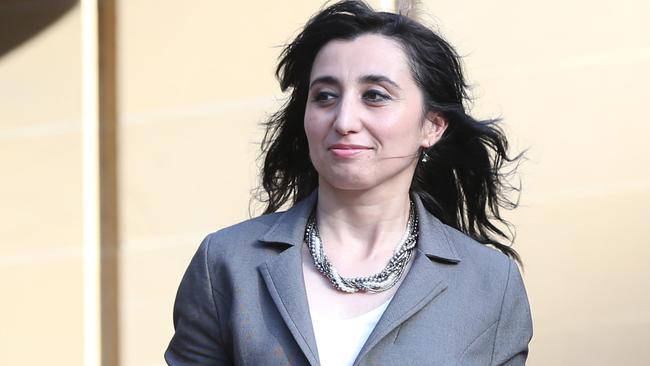
Mr Brooks said there would be “full co-operation” when the board was first announced, but when it came to him and Ms Iskandarli providing it with documents and information they required, they were less than forthcoming.
In the report, the board said Mr Brooks and Ms Iskandarli ignored some of their requests and on two occasions the board had to use summons to get the documents it was seeking.
At the same time, Ms Johnston and Mr Stevenson began to ask numerous questions on notice about all the aspects they thought council was lacking on — and the public began to find out more and more about the chasm that had opened.
Despite the board’s trouble in getting required information, by February 2016 a report of its findings were well within sight. But out of the blue came the first of multiple legal challenges the board would face. Ms Branch-Allen launched Supreme Court action arguing the process was unfair and claiming that the questioning by board members Barry Easther and Lynn Mason was “aggressive and intimidating”.
The documents lodged by both sides in court laid bare the depths of division and dysfunction within the council and further widened the split.
The accusations also flowed in the courtroom itself, with Ms Iskandarli accusing Ms Mason of hugging Ms Johnston after a council meeting and Mr Brooks saying the mayor gave the board confidential documents — both eventually dismissed.
But Chief Justice Alan Blow did delay the inquiry so those affected could be provided with the findings against them and the ability to respond to them.
After all the allegations in court the arguments began to get more heated between aldermen in council meetings.
And the relationship with the public began to get poisonous as well, with the police called to the chambers when Alderman Christine Lucas accused former municipal citizen of the year Phil Butler, a supporter of Ms Johnston, of verbally abusing her.
A meeting over the council ending its formal relationship with the community precinct consultation system, which provided strong support to Ms Johnston, also became firey with Mr Slade telling the members of the precincts “you’re on life support and I think something is going to happen”.
This led to the public not accepting the minutes of the previous Annual General Meeting and declining to accept its annual report. While this was unfolding in public, behind the scenes arguably the most scathing series of events detailed in the report played out.
After a request from the General Manager’s Performance Review Committee that a clause in Mr Brooks’s contract regarding key performance indicator checks be reviewed, the board said he, Ms Iskandarli and Mr Slade’s “bizarre interpretation of this resolution ... led to a series of events which could have had serious financial and operational consequences for council and the community”.
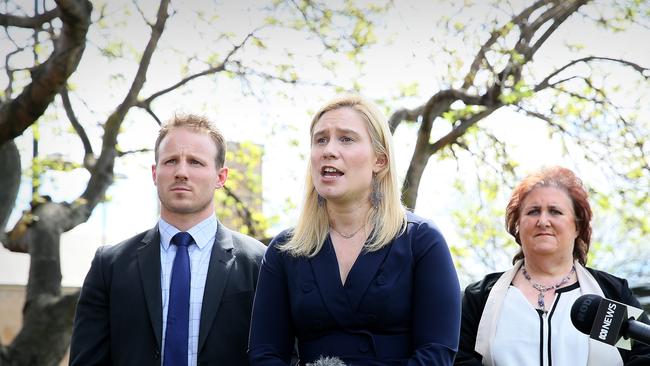
The report said that after the agreement of the review, Mr Brooks’s personal lawyer drew up a revised contract and submitted it for the council’s consideration — only for it to be adjourned by Ms Johnston.
This further widened the split between the mayor and the general manager, with Mr Brooks refusing to meet Ms Johnston after the adjournment and soon taking his annual leave.
Ms Iskandarli also went on leave at the same time, leaving senior managers Tony McMullen and Emilio Reale in charge over the Christmas holiday period.
Mr Brooks was due to return on January 9, but he twice announced he would take further personal leave and Ms Iskandarli would be the acting general manager in his absence.
ABUSIVE
But by the second time he let aldermen and staff know, the trust in Ms Iskandarli had been lost by a number of aldermen with the report saying a crucial factor in this was “inappropriate and abusive text messages and inappropriate and abusive emails” that Ms Iskandarli had sent.
Ms Johnston used the support of aldermen, who until then mainly had been foes, to appoint Mr Reale into the role of acting general manager. But Ms Iskandarli said this was “invalid” and continued to act as the acting general manager in defiance of the mayor.
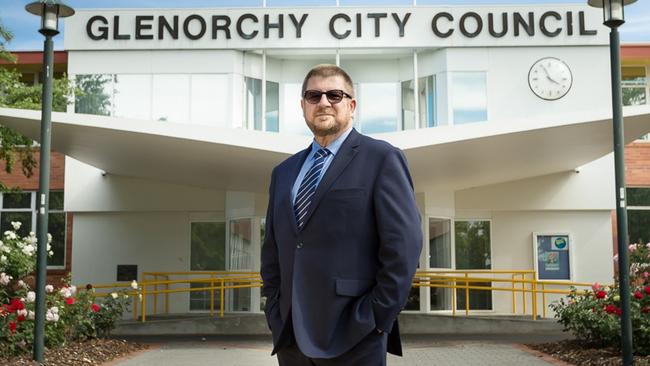
With the next council meeting approaching, Mr Reale was listed as the acting general manager and Ms Iskandarli was in danger of facing disciplinary actions for her behaviour. But on the day of the meeting Mr Brooks cut short his sick leave and returned to work — saying what Ms Johnston had done was not in line with the Local Government Act, which the Board of Inquiry later said was incorrect.
When asked if he had a “return to work certificate” by the mayor, Mr Brooks said she had “no authority” to give him that direction. The disagreement between the two spilt over into the council meeting, with members of the public and council staff asked to leave the chambers five minutes after it began so the council could consider a “pressing personnel issue”.
In front of Board of Inquiry staff and the Director of Local Government, the aldermen and staff were at their dysfunctional best in a hour-long “shouting match” where Ms Johnston and Mr Stevenson came under fire from other aldermen and staff for suggesting that Mr Brooks undergo a “fit for work assessment”.
But the council never met again, with Mr Gutwein soon suspending the aldermen, stopping a saga that will go down in history as a blight on local government in Tasmania.

Add your comment to this story
To join the conversation, please log in. Don't have an account? Register
Join the conversation, you are commenting as Logout
Grief stricken parents launch petition for ATV reform
There have been more than 20 deaths involving ATVs in Tasmania since 2000 and now a grieving couple have started a petition for tougher regulations around their use. Read what they want.
Wooley: No easy answer on the question of who to trust
DeepSeek may have copped some criticism, but China and Trump don’t have the monopoly on disinformation, says Charles Wooley